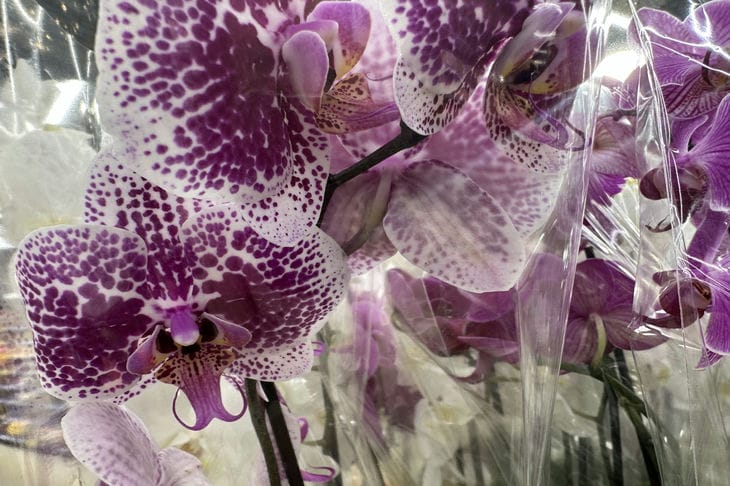Orchids are exquisite and capricious plants that require special care.
One of the most important aspects of their maintenance is the correct choice and timely replacement of the substrate. The health and lush flowering of the exotic beauty depend on this.
Factors Affecting the Frequency of Soil Replacement
The frequency of substrate replacement depends on several key factors. The age of the plant plays a significant role: young orchids need more frequent repotting than adult specimens.
The condition of the root system is also an important indicator - if signs of rotting or excessive root growth appear, it is time to think about changing the soil.
The type of substrate used affects the intervals between replantings. Organic components such as
such as bark or moss, decompose faster than inorganic materials. This leads to the need to renew the soil more often. The conditions in which the orchid is kept, including humidity, lighting and temperature, also make their own adjustments to the replanting schedule.

Optimal timing for soil replacement
For most orchid species, it is recommended to change the substrate every 1-2 years. However, some fast-growing species may need to be replanted annually. Experienced gardeners advise focusing not only on the calendar, but also on the condition of the plant.
Signs that it's time to change the soil
Careful observation of the orchid will help determine the need to replace the substrate. The main signals include: slow growth, yellowing leaves, mold on the surface of the soil, pieces of bark falling out of the pot, and roots penetrating through the drainage holes.
If during watering the water is not absorbed, but immediately flows through the drainage, this is also a sure sign that the substrate has lost its properties and needs to be renewed. An unpleasant smell from the pot is another signal to take action.
Peculiarities of soil replacement for different types of orchids
Different types of orchids have their own preferences for the composition and structure of the substrate. Phalaenopsis, the most popular among indoor orchids, feels good in a mixture of coarse bark, peat and perlite. They require soil replacement every 1.5-2 years.
Dendrobiums and cattleyas prefer a looser substrate with the addition of charcoal. These species need to be repotted every 2-3 years. Paphiopedilums, or lady's slippers, like moisture-retentive soil with the addition of sphagnum moss. They may need annual substrate replacement.
Correct soil replacement technique
The process of replacing the substrate requires accuracy and adherence to certain rules. Before replanting, the orchid is not watered for several days so that the roots dry out and are easier to separate from the old soil. The new substrate is pre-soaked in warm water.
When removing the plant from the pot, carefully separate the roots from the old soil, remove dead and damaged areas. After this, the root system is treated with a weak solution of potassium permanganate or fungicide. It is important to choose a pot of the right size - too large can lead to root rot.








